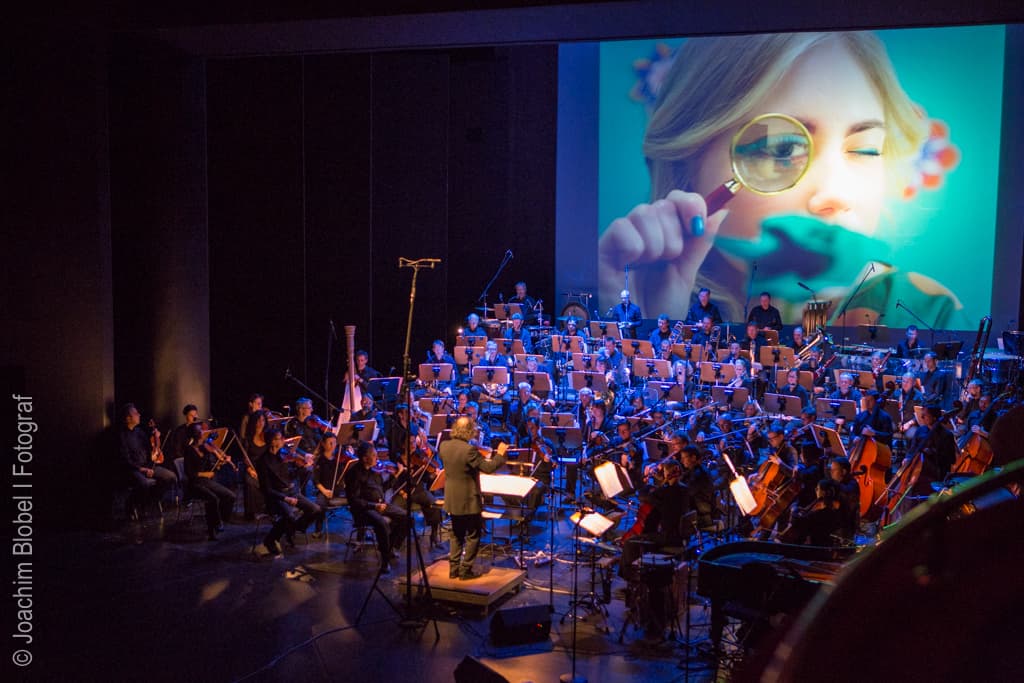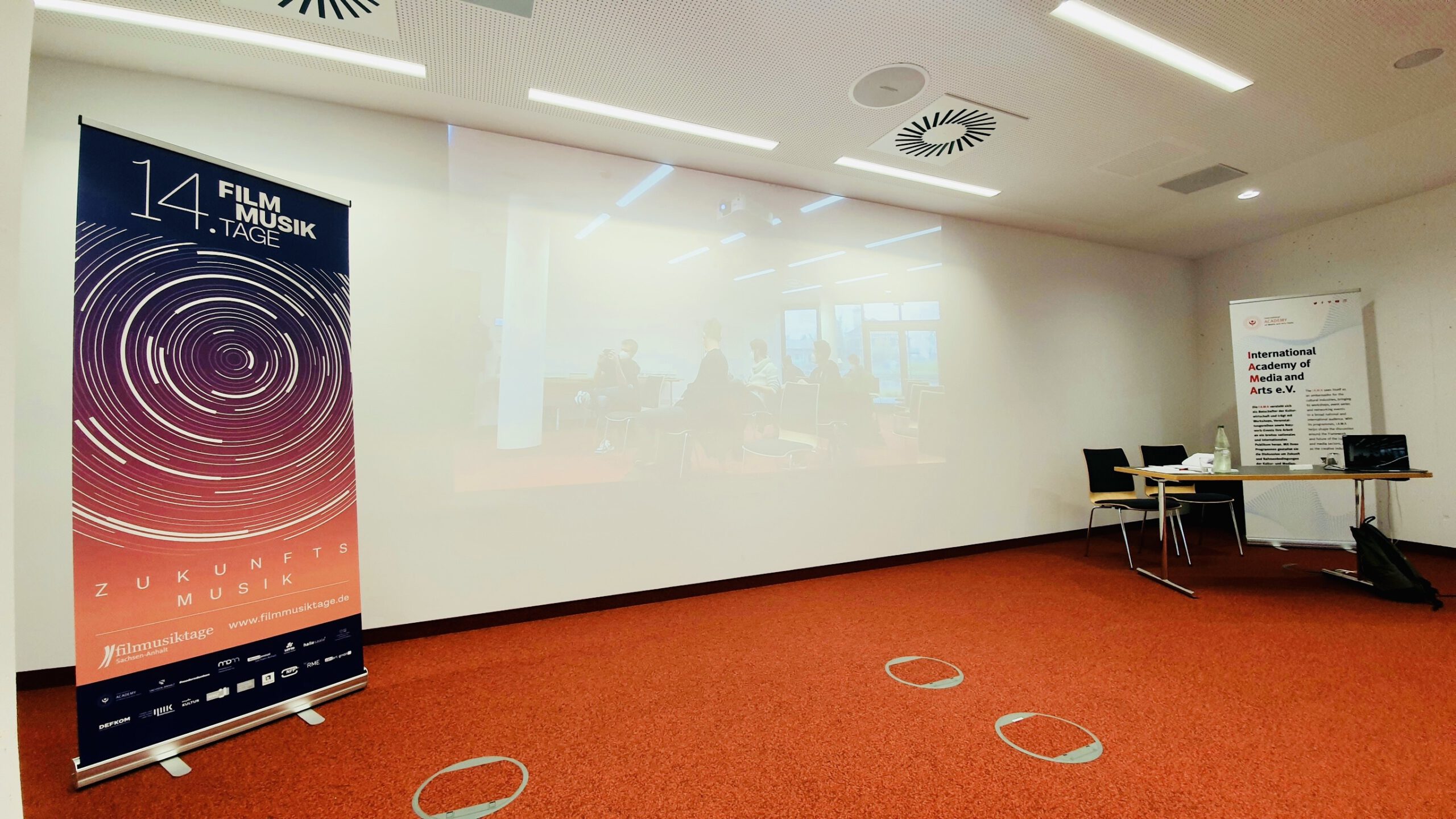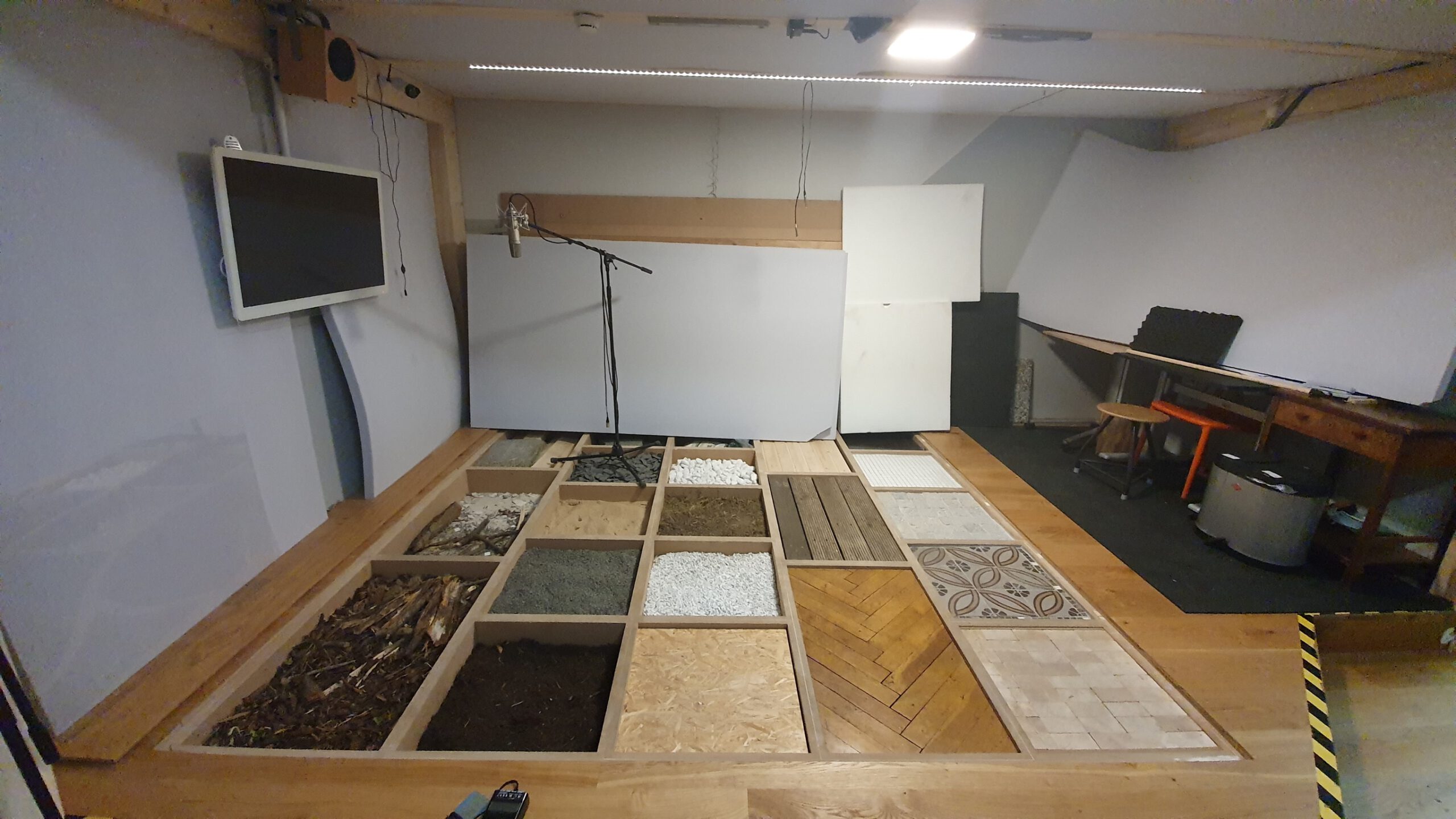
3D Audio Course: Immersive Audio in XR – GAME SOUND POST
Spatial audio is a technique that creates a three-dimensional sound experience, making listeners feel as if they are in the middle of the action. It is widely used in various fields such as virtual reality, gaming, and film production.
Students in audio production training are responsible for managing the entire production process, including the techniques needed to capture spatial audio, which is crucial for creating immersive environments.
The importance of spatial audio cannot be overstated, as it significantly enhances the listener’s experience by providing a more realistic and engaging soundscape. As technology continues to evolve, the role of immersive spatial audio in shaping future educational courses and industry opportunities becomes increasingly prominent.
Introduction to Spatial Audio
Spatial audio, also known as immersive audio, is revolutionizing the way we experience sound. Unlike traditional audio formats, spatial audio creates a three-dimensional soundscape, allowing listeners to perceive sound from all directions and distances.
This technology mimics real-life hearing, where sounds come from various angles, enhancing the sense of presence and immersion. Whether it’s in film, television, video games, or virtual and augmented reality (VR/AR) experiences, spatial audio adds a layer of realism that captivates and engages audiences like never before.
What is Spatial Audio?
At its core, spatial audio is about creating an immersive auditory experience that mirrors how we naturally hear the world around us. Traditional stereo sound is limited to left and right channels, while surround sound adds more channels to create a fuller audio environment.
However, spatial audio goes a step further by placing sounds in a 360-degree space, making it possible to hear sounds coming from above, below, and all around. This is achieved through advanced audio processing techniques and specialized playback systems, such as binaural headphones and speaker setups like Dolby Atmos.
The result is a more engaging and realistic listening experience that enhances storytelling and user interaction in various media, from movies and music to VR and AR applications.
GAME SOUND POST II:
Immersive audio in XR, VR & 360° projects.
Workshop & Network Meeting
With the workshop GAME SOUND POST II, the 14th Film Music Days Saxony-Anhalt invites you to take a look at the current developments in the app and game industry with regard to immersive sound design.
The added value of cross-industry collaboration with sound designers will be explored. In the workshop, all participants will have the opportunity to present their projects and discuss them with other developers, experts and industry representatives.
The short presentations of the projects will be enriched by impulse lectures of our speakers:
-
Michael Geidel (Actrio Studio / Leipzig) will use practical examples to show the opportunities that lie in using sound specifically in immersive media and why VR is being highly praised for this.
-
Martin Rieger (VRTonung / Munich) will discuss current applications for spatial audio under the motto “Technology meets creativity” and show what else could be possible with immersive sound.
-
In joint discussion rounds and a casual get-together with food and drink in the Schwemme e.V., existing networks from previous workshops (FILM-SOUND-POST and GAME-SOUND-POST I) will be connected and concrete ideas for future projects will be spun out.
The workshop is aimed at interested parties from the fields of sound design as well as the app and games industry with the goal of creating regional synergy effects.
PROGRAM:
-
13:15 Arrival and welcome
-
13:30 >50% is made by sound (in XR)?! Impulse lecture by Michael Geidel (Actrio Studio / Leipzig)
-
14:30 Snacks & Coffee
-
14:45 Practical tips & tricks for immersive audio – and why now is a good time to get involved.time to get involved Keynote speech by Martin Rieger (VRTonung / Munich)
-
15:45 Snacks & Coffee
-
16:00 Short presentations: XR projects in Central Germany
-
18:00 Get-together & Dinner at the Schwemme
For more details and registration, you can check out the event page.
Practical tips & tricks for immersive audio.
I would like to use the event to teach the non-sound people how to use sound for their productions. What to consider and how the market is evolving right now. Of course I’m also happy to talk to experienced colleagues!
So come by – or follow me virtually on my Instagram
Under the motto ‘Technology Meets Creativity’, Martin Rieger inspired the workshop participants with a lecture about brand-new developments in the field of spatial audio and showed us the immense potential of immersive sound technologies.
Professional, practical and entertaining. A digital audio workstation plays a crucial role in enhancing and editing the captured audio, ensuring high-quality sound tailored to specific client requirements.

Capturing Spatial Audio
Capturing spatial audio is an art and science that requires specialized equipment and techniques. The goal is to record sound in a way that preserves its spatial characteristics, allowing for a truly immersive playback experience. Here are some of the most effective methods for capturing spatial audio:
Methods and Best Practices
-
Binaural Recording: This technique uses a pair of microphones placed inside a dummy head or a human head to capture sound as it is heard by human ears. The result is a highly realistic and immersive audio experience, perfect for headphone playback.
-
Ambisonic Recording: Ambisonic microphones capture sound from all directions using multiple capsules arranged in a specific pattern. This method allows for flexible post-production processing, where the captured audio can be decoded to create a 3D sound field.
-
Portable Recorders: Modern portable recorders come equipped with multi-mic arrays capable of capturing high-quality spatial audio. These devices are convenient for on-the-go recording and are often used in field recording and live event capture.
-
In-Ear Microphones: These tiny microphones are placed inside the ears of the person recording, capturing sound exactly as it is heard. This method is particularly effective for creating realistic binaural recordings.
Best practices for capturing spatial audio include using high-quality equipment and software, experimenting with different recording techniques and microphone placements, and considering the acoustic properties of the recording space.
Additionally, leveraging digital audio workstations (DAWs) and software plug-ins can enhance and edit the captured audio, ensuring the final product is as immersive and engaging as possible.

Designing Immersive Audio Experiences
Creating immersive audio experiences requires a deep understanding of both the content structure and the specific fields involved. Here are some key considerations to keep in mind:
Content Structure and Fields
-
Content Structure: Immersive audio experiences often combine audio, video, and interactive elements to create a cohesive and engaging narrative. The content structure should be meticulously planned to ensure that all elements work together seamlessly, enhancing the overall experience for the listener.
-
Fields: Immersive audio can be applied across various fields, including film, television, video games, VR, and AR. Each field presents unique challenges and opportunities, requiring tailored approaches to sound design and implementation.
-
Object-Based Audio: A cornerstone of immersive audio, object-based audio involves placing individual sound objects in a 3D space. This allows for precise control over the placement and movement of sounds, creating a more dynamic and realistic audio environment.
-
Post-Production: The post-production phase is critical in the creation of immersive audio experiences. This stage involves editing, mixing, and mastering the captured audio to ensure it meets the desired quality standards. Techniques such as spatialization, reverb, and dynamic processing are often used to enhance the immersive quality of the audio.
As the demand for immersive audio continues to grow, new courses and training programs are emerging to equip professionals with the necessary skills and knowledge. These courses cover a wide range of topics, including spatial audio, binaural audio, audio formats, quality control, and post-production techniques.
By staying up-to-date with the latest developments and honing their craft, audio professionals can create truly captivating and immersive experiences that push the boundaries of sound design.
Post-Event Report: 3D Audio in Game Sound Post-Production
Speaker: Martin Rieger (VRTONUNG.de)
Overview
Martin Rieger’s presentation provided an in-depth look at immersive 3D audio and its growing relevance in game sound post-production. He explained both technical principles and practical applications, highlighting why now is the right time to get involved in this field.
A spatial audio course is significant in equipping individuals with the skills needed for modern audio production.

Key Takeaways
Understanding 3D Audio
Rieger began by addressing what makes 3D audio different from traditional stereo or surround sound. He explained that human hearing naturally perceives a 360° sound environment, whereas vision is limited to 180°. This means audio plays a crucial role in immersion, often more than visuals. Having updated course information is essential for effective education in 3D audio.
He also outlined how 3D audio enhances storytelling, allowing content creators to guide user attention through sound placement. The session covered different playback formats, from binaural headphone rendering to speaker-based systems like Dolby Atmos and Ambisonics.
Current Trends and Why 3D Audio Matters Now
-
Tech advancements are making 3D audio mainstream
-
Apple’s Spatial Audio
-
Dolby Atmos Music gaining traction
-
Sony’s 360 Reality Audio for music streaming
-
-
Applications beyond gaming
-
Virtual Reality (VR) and Augmented Reality (AR)
-
ASMR and binaural recordings
-
Cinema and live music experiences
-
Challenges in 3D Audio Production
Rieger emphasized that 3D audio is still a niche within a niche. While the technology is impressive, it requires a shift in workflow and mindset. Common challenges include:
-
Misconceptions about 360° video vs. VR: Many assume that 360° video is fully interactive VR, but it lacks true spatial freedom.
-
Sound must be considered early in production: Unlike film, where audio is often an afterthought, 3D audio should be planned alongside visuals.
-
Mixing challenges: There is no standard workflow, and mixing for spatial audio differs from traditional stereo/surround workflows. Concepts like “center channel” become obsolete, replaced by head-tracked vs. head-locked audio elements.

Practical Tips for 3D Audio Production
Rieger shared valuable insights for working with spatial audio:
-
“Don’t make it realistic, make it believable” – Hyperrealism often works better than trying to mimic real-world acoustics exactly.
-
Avoid overwhelming the listener – Too many spatialized audio objects can be confusing.
-
Voiceovers require careful spatialization – Should they be inside the player’s head or externalized?
-
Think platform-specific – Different platforms have different spatialization capabilities (VR headsets, game engines, headphones vs. speakers).
Future of 3D Audio
The session ended with a discussion about the future of 3D audio and interactive experiences:
-
More personalization – Users might soon be able to adjust their own spatial audio mix (e.g., choosing the balance of crowd noise vs. commentary in sports).
-
3D audio beyond entertainment – Applications in hearables, smart speakers, and accessibility tools.
-
Game engines will continue pushing real-time 3D audio – Middleware like Wwise and FMOD is becoming standard for interactive spatial sound design.
Conclusion spatial sound course
The presentation made it clear that immersive audio is not just a trend, but a fundamental shift in how sound is experienced. While challenges exist, those willing to embrace the technology and rethink traditional workflows will be at the forefront of an exciting new era in sound design.
More Events